QuestionQUESTION: So this morning i went out to my garage and noticed a small 4 to 5 inches salamander/lizard/newt/ i don't really know what it was it was black, it don't think it has any stripes or spots it was just all black. It was stuck under a mat, so I put in in a jar (with holes to breath of course) when i tried to pick it up without touching it i noticed that it was sticky im not sure if i should put it in water or release it into the wild. Im not even sure if it is from Wisconsin, where i live or from texas which i just recently traveled to by car. If you know what it is and how i should take care of it or what to do with it before it dies!!!! HELP! Thank you!
ANSWER: Hi, Dana,
I REALLY need a photo to identify this salamander, as without one, I cannot even tell you whether it's a species with or without lungs.
In the meantime--
It is important that amphibians be kept in an environment with high humidity and moisture available at all times. They will lose moisture very rapidly, and dehydrate. So, keep your little salamander on damp paper towel, with a shallow water dish that it can climb in and out of easily, for now. Be sure that the water is dechlorinated, just as you would for fish. (Bottled drinking water will work--do not use distilled water). Provide some sort of hide cave (an opaque bowl placed upside down with a notch in the rim for entry, will do). You can put all of this in a 10 gallon tank for now. If you don't have one, a cheap plastic 18 quart container (sterilite or rubbermaid) will work fine. Place the lid on it to prevent escapes--don't worry about oxygen. Not only does the salamander require little, but enough air will get around the lid to suffice.
Make sure your hands are clean, and that any chemical residues have been carefully rinsed from them, before you touch the salamander. Handle it only with wet hands. Wash your hands carefully afterward, as some species of salamanders secrete a toxin to protect themselves from predators, just as toads do.
It's not possible to give any further advice until the species is identified. Obviously, if it is local, you can simply release it outside--but if it hitched a ride from Texas, you will want to keep it, or rehome it to someone with a lot of experience.
Salamanders in general eat small insects, worms, and slugs. They will eat anything they can fit into their mouth and swallow. In captivity, they can be fed on small crickets purchased from the pet store--these should be dusted with a calcium powder containing vitamin D3, as crickets are too high in phosphorus (so they need to be balanced by dusting them). Your salamander shouldn't be offered food until he's settled into his new environment for about a week, and would be unlikely to eat anything until then, anyhow. Amphibians and reptiles tend to lose their appetite when stressed.
---------- FOLLOW-UP ----------
QUESTION: I'm really sad to say that the animal died, i have a feeling it was a salamander and i should have put him in water but when i realized that he was already dead :(
AnswerVery sorry to hear that--small salamanders can dehydrate quickly, especially the lungless species, which use their moist skin to pass oxygen through to their bloodstream. (Due to your description of it being all black with no markings, I suspect it may have been a lungless species). Your garage also wasn't the healthiest place for him, so that may have been a factor, too. Some salamanders can drown in water if they can't touch the bottom, so wet paper towel or damp soil is better.

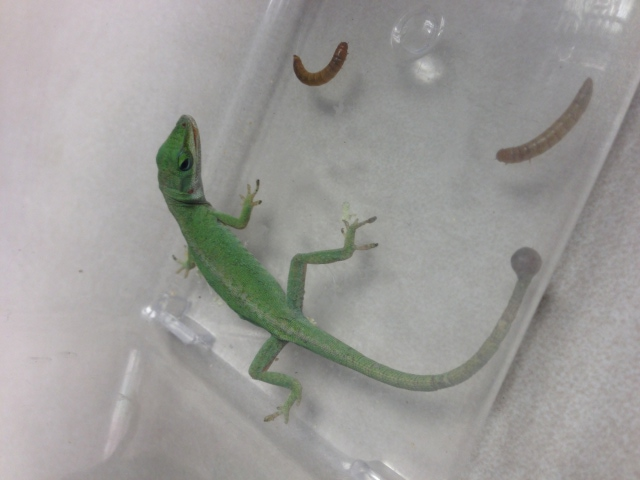 Green Anole, femail, cyst/blister
Question
Axebella
Hello Donna. My son and
Green Anole, femail, cyst/blister
Question
Axebella
Hello Donna. My son and
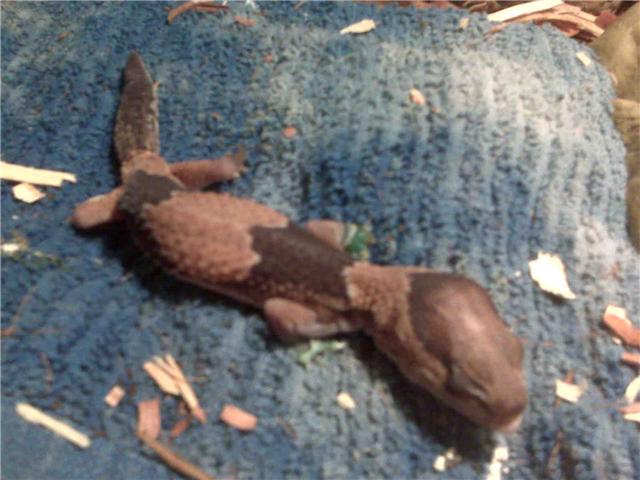 Fat taiked gecko isnt eating
Question
Mr Gecko
Hi my son has a fat tailked gecko who
Fat taiked gecko isnt eating
Question
Mr Gecko
Hi my son has a fat tailked gecko who
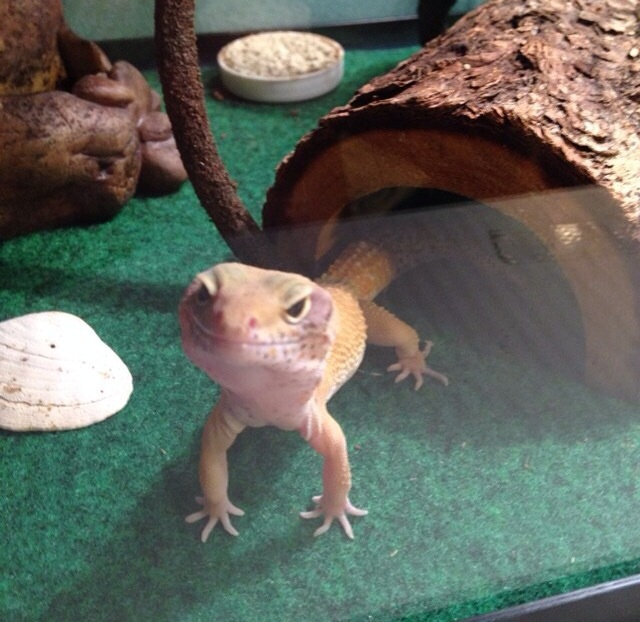 Lump near Leopard Geckos Eye
QuestionLump
QUESTION: I have a leopard gecko wh
Lump near Leopard Geckos Eye
QuestionLump
QUESTION: I have a leopard gecko wh
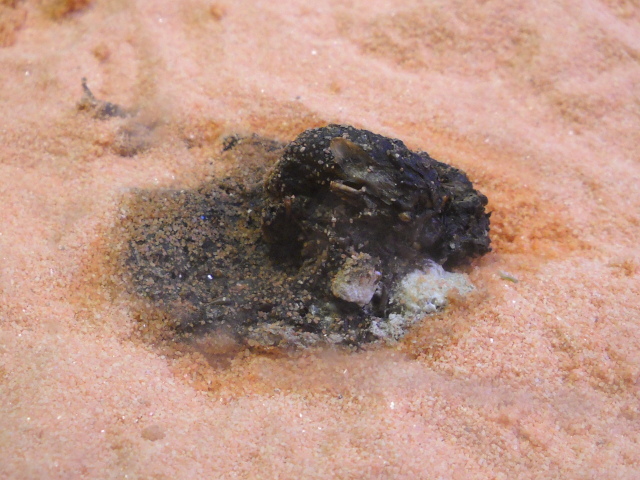 Weird Poop
QuestionSpikes Poop
QUESTION: Well, I have a que
Weird Poop
QuestionSpikes Poop
QUESTION: Well, I have a que
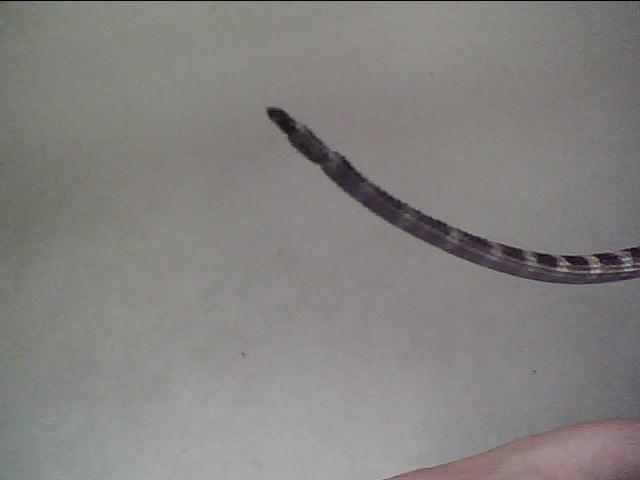 Tail rot?
Question
Tail rot?
Hi, one of my two bearded dragons lo
Tail rot?
Question
Tail rot?
Hi, one of my two bearded dragons lo